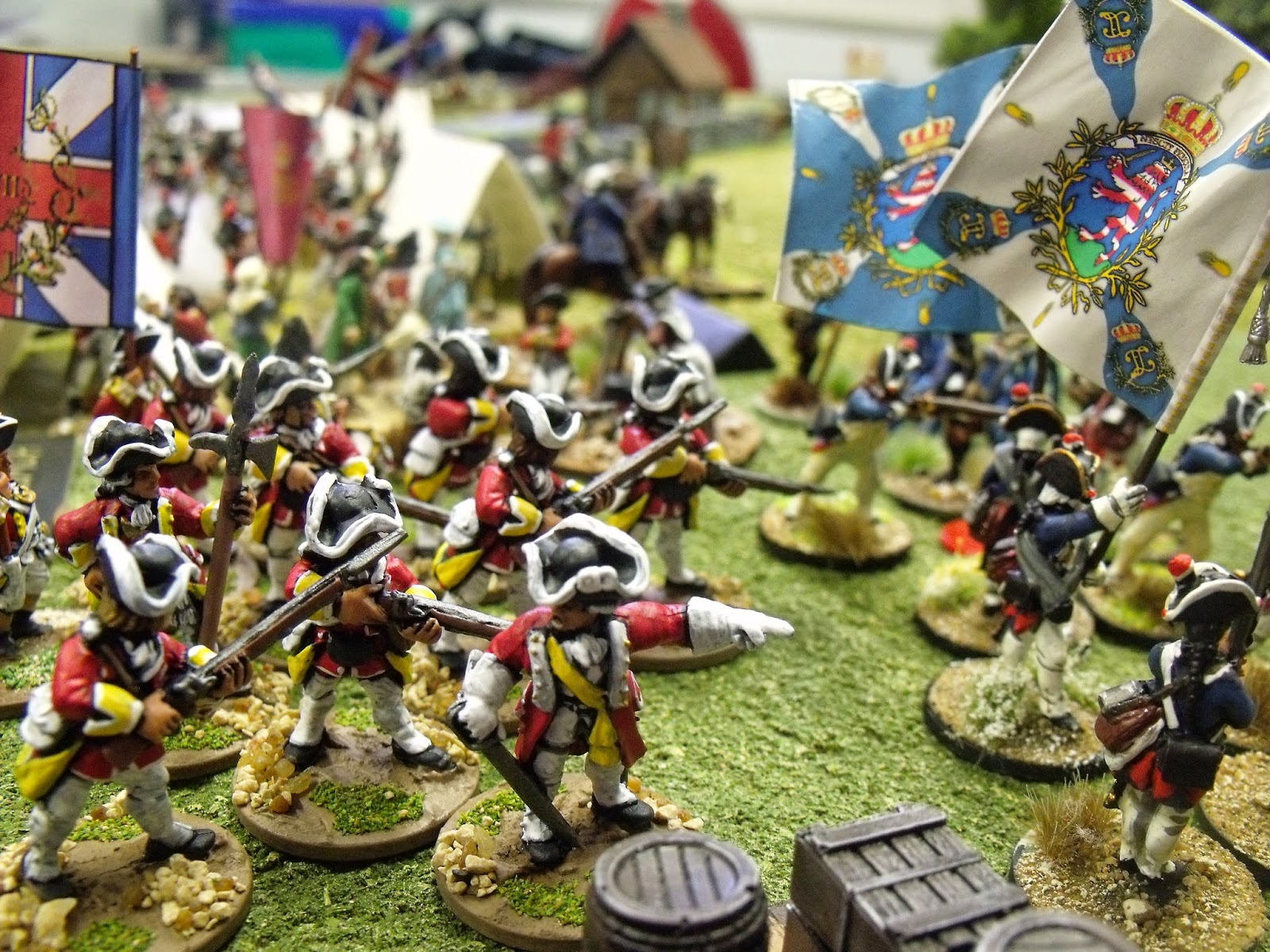Today myself and my partner took the opportunity to try out the new Richard III visitor centre in Leicester. It's quite easy to find being immediately opposite Leicester Cathedral. They've also moved the original statue of Richard from its old place in Castle Park to outside the centre where it can be more easily seen.
Tickets for the exhibition can be purchased online with allocated slots throughout the day. Probably a good idea, as it keeps a manageable amount of visitors within the centre and means folks aren't elbowing each other to get a view. First part of the exhibition is taken up by a replica throne room and the story of Richard III projected onto a video screen behind.
To the right was a gallery exhibit of Graham Turner's Medieval paintings, which I found to be really fantastic. You can view his work online here: http://www.studio88.co.uk/acatalog/medieval_prints.html
Going upstairs is where the centre really comes into its own. With a detailed account of Richard III's portrayal throughout history and literature, followed by the attempts to locate his remains. Anyone who's seen the recent TV documentaries will already be aware of the painstaking process investigators went through to find living relatives and source DNA matches. Towards the end we have a fantastic reconstruction of Richard's armour at Bosworth (done in white plastic, as some of the metal working techniques originally used have apparently been lost) and a skeletal reconstruction with descriptions of his wounds. Finally there's a lovely chapel like construction with a glass floor and the actual Greyfriars Abbey excavation beneath a glass floor with the bones outlined in light. At the back is an inscription taken from Richard III's 'Book of Hours Prayer' and a bouquet of White Roses.





























